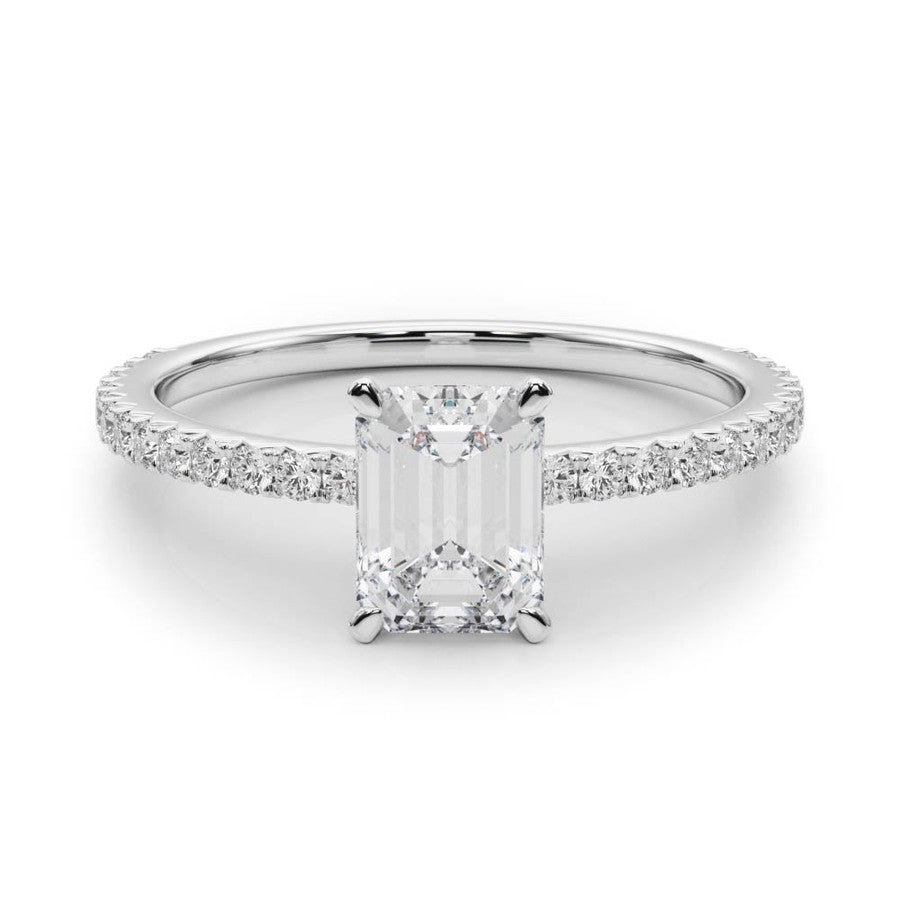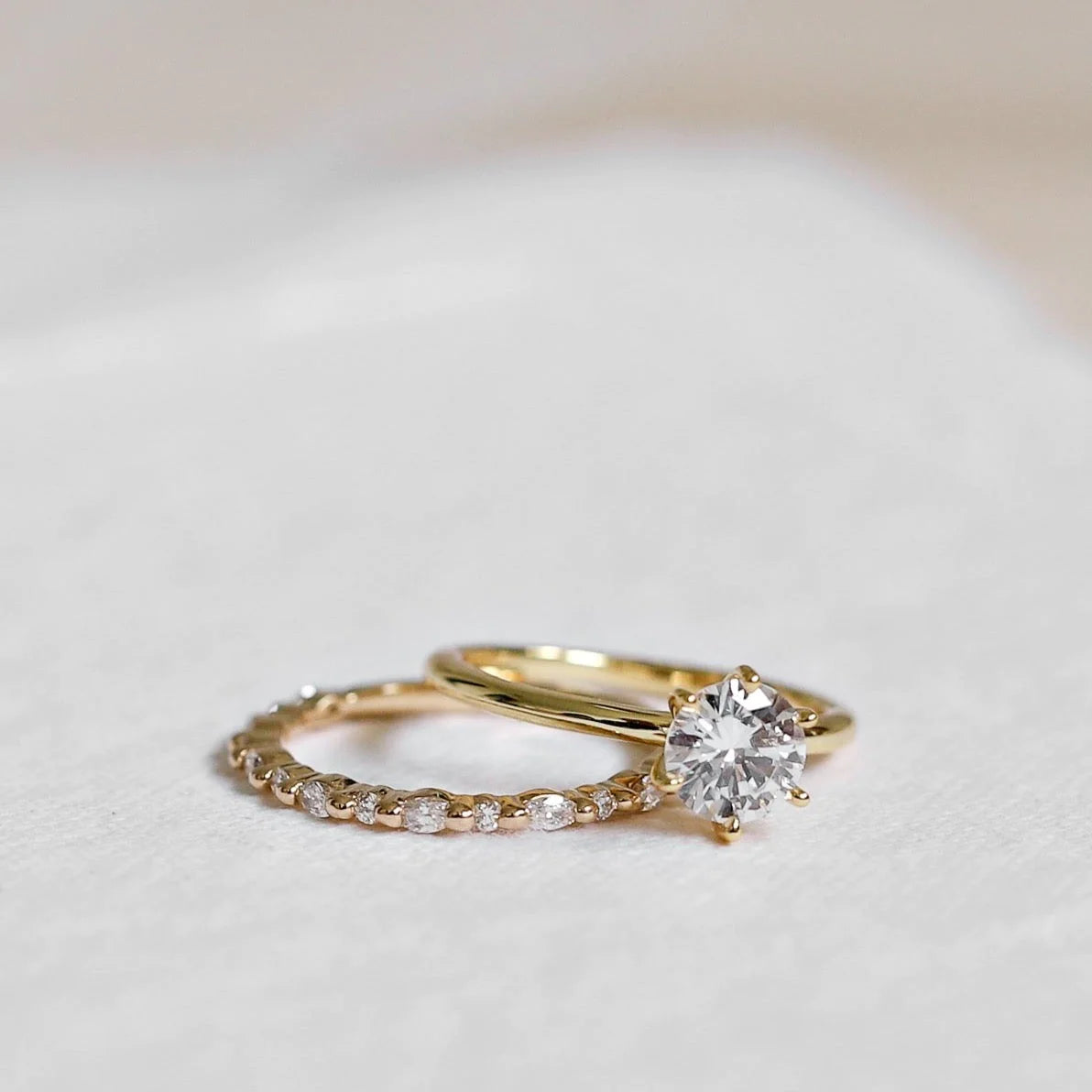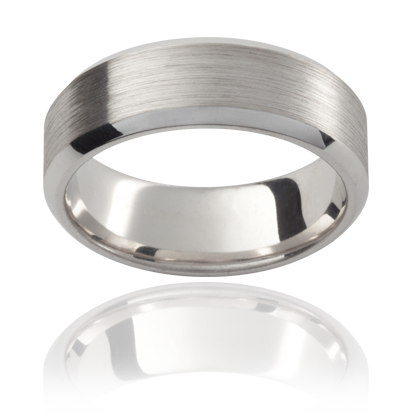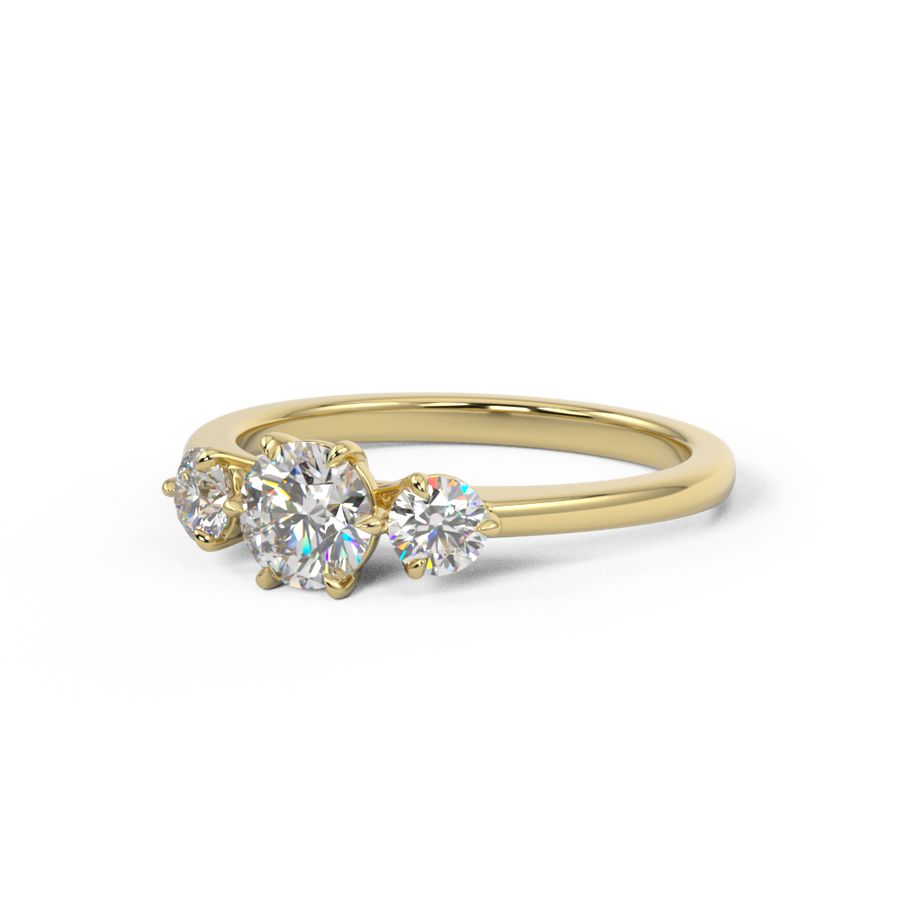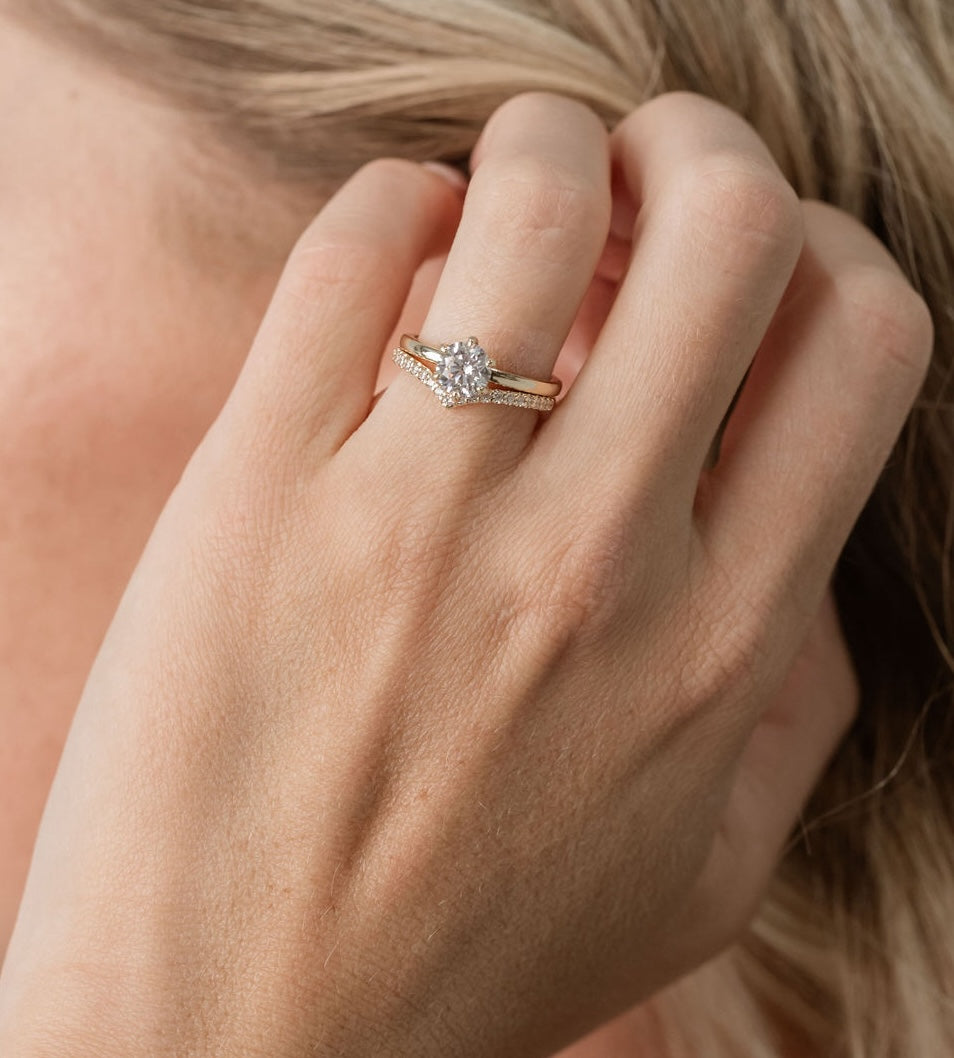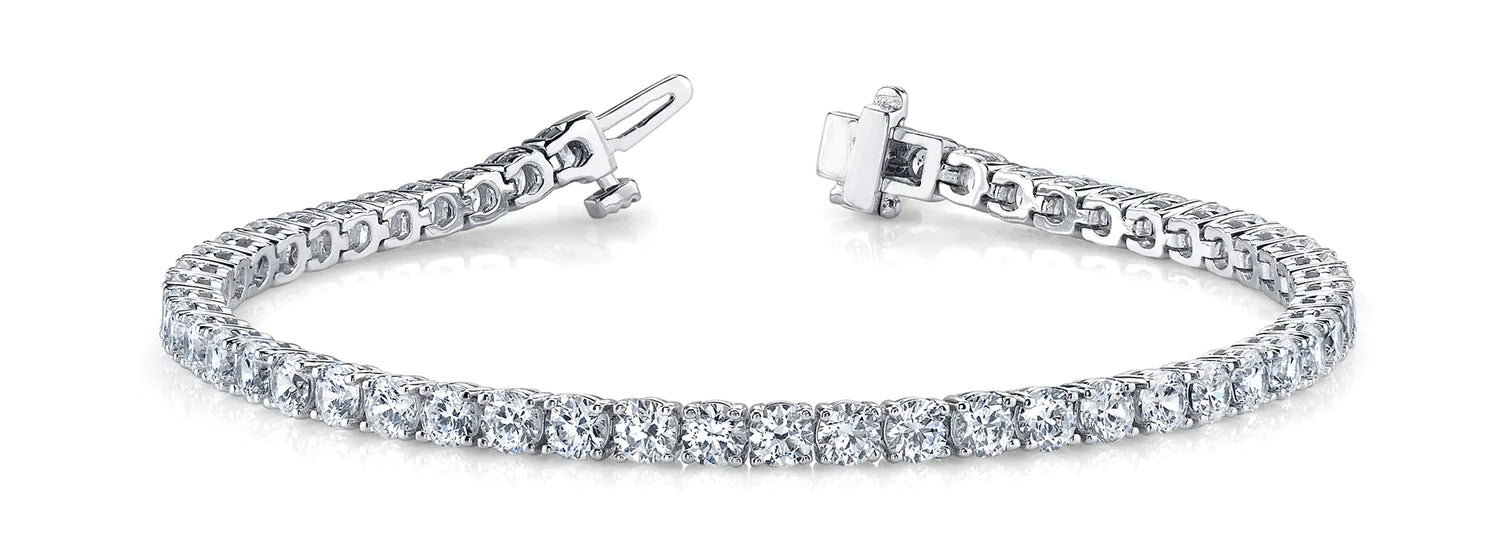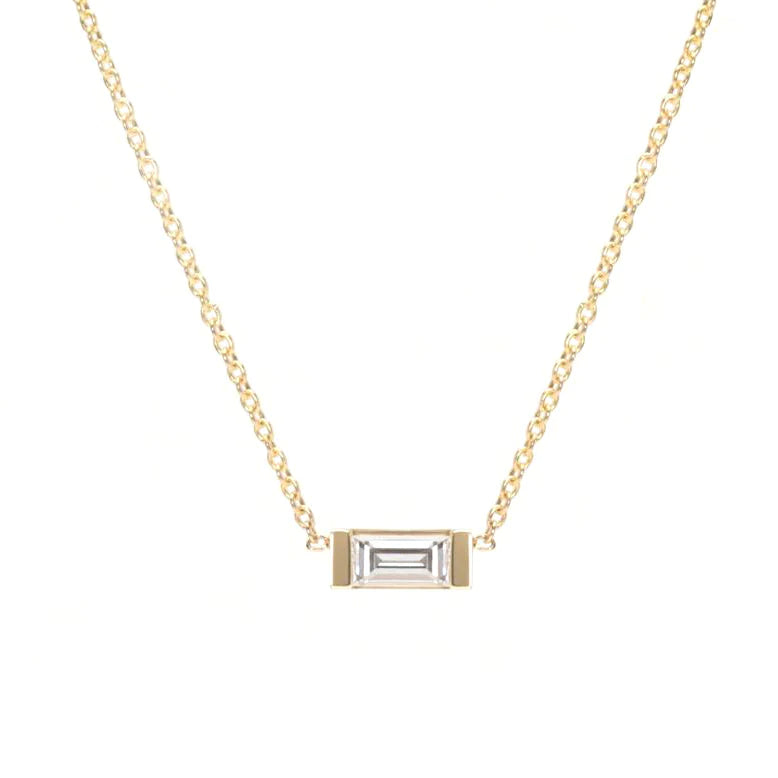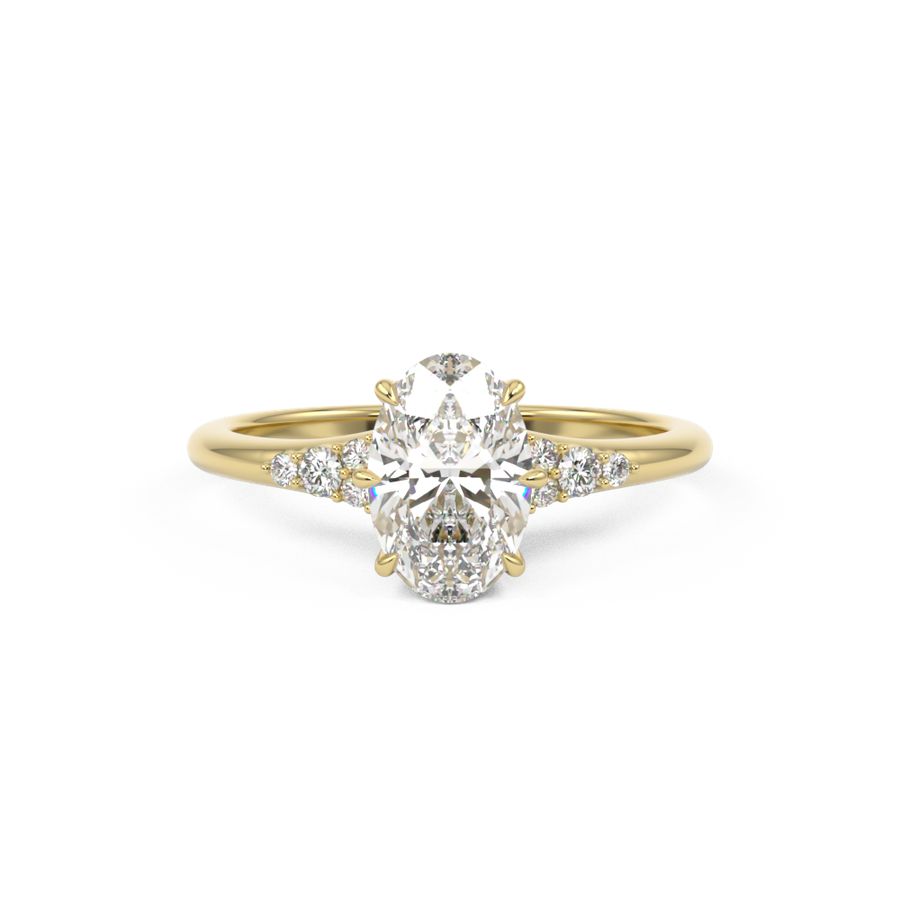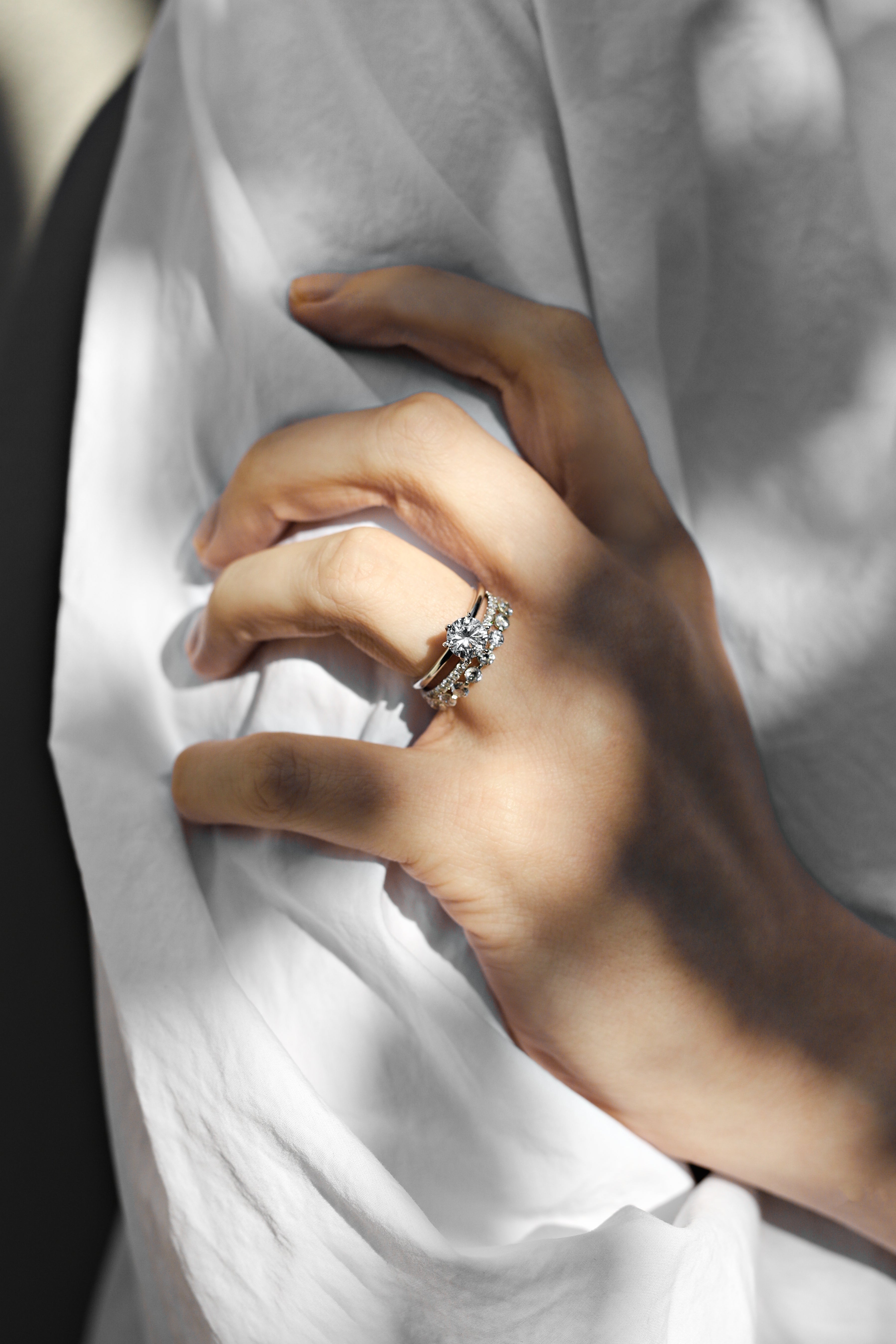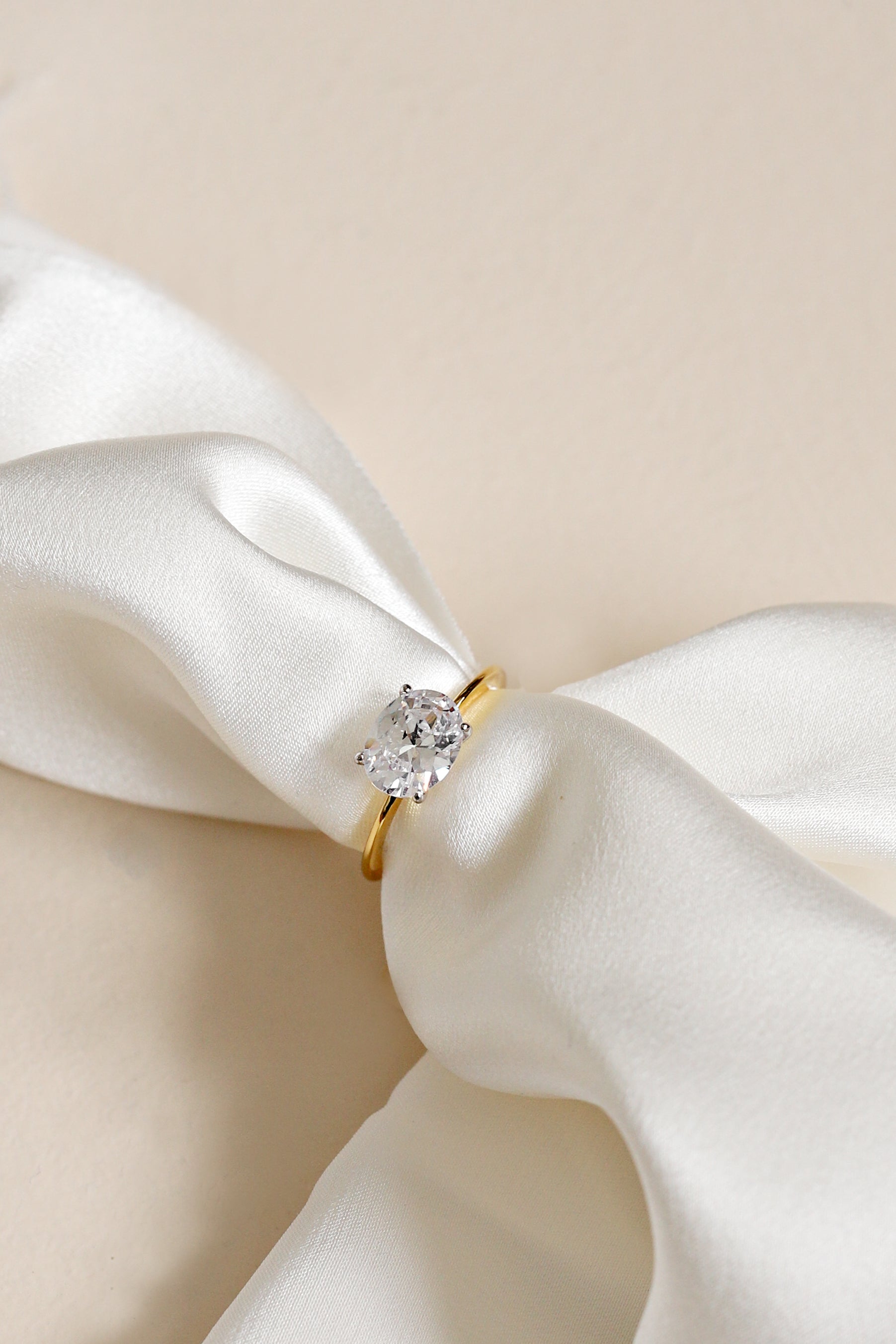Scaif
Definition and Invention of Scaif
- A scaif is a polishing wheel used in the diamond cutting industry.
- It was invented in 1456 by Lodewyk van Bercken.
- The scaif is infused with a mixture of olive oil and diamond dust.
- It allows for the symmetrical polishing of diamond facets.
- This invention revolutionized the diamond cutting industry.
Structure and Function of Scaif
- The scaif consists of a hard disk parallel to the floor.
- The disk is rotated like a potter's wheel.
- A film of olive oil and diamond dust is placed on the top surface.
- A circular frame surrounds the disk to catch the spun-off oil.
- A mechanical arm hovers above the disk to hold the diamond.
Polishing Process with Scaif
- The mechanical arm is finely adjusted to position the diamond for polishing.
- As the facets are polished, more diamond dust is produced.
- The supply of diamond dust is replenished during the polishing process.
- The angles of the polished facets reflect light optimally.
- The use of scaif enhances the popularity of diamonds.
External Links
- 'The Diamond Invention. Chapter 11' by Edward Jay Epstein.
- 'Diamond cutting. Thank you, Lodewyk van Berken' by Jeffrey Blancq, April 21, 2006.
- Retrieved from https://en.wikipedia.org/w/index.php?title=Scaif&oldid=1181263864.
Scaif Data Sources
| Reference | URL |
|---|---|
| Glossary | https://harryandcojewellery.com.au/blogs/glossary/scaif |
| Wikipedia | http://en.wikipedia.org/wiki/Scaif |
| Wikidata | https://www.wikidata.org/wiki/Q7429646 |
| Knowledge Graph | https://www.google.com/search?kgmid=/m/026ddwf |

